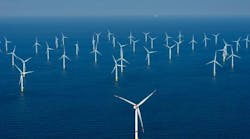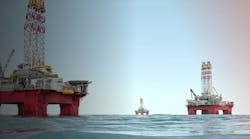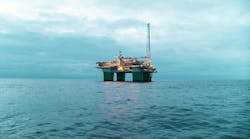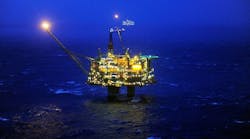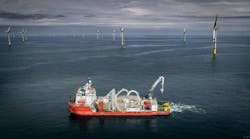Luciana Vianna Pereira, Rossi e Watanabe Advogados
The Brazilianmarket is currently operating under the expectation of a new regulation to be enacted by the country’s national petroleum agency. The regulation says that the decommissioning of offshore structures shall be treated on a case-by-case basis, and the agency will consider the specifics of each project to be assessed. The expectation is that the regulation will set the boundaries of the case study to be jointly evaluated by all three competent authorities: the Brazilian Navy, the Brazilian Petroleum Agency (ANP), and the Brazilian Environmental Protection Agency (IBAMA). The assessment by the authorities of the decommissioning plan will not be unified, but simultaneous and based on one single document; and its boundaries, assumptions, and content will have been approved by all three authorities.
The new regulation is expected to clarify initial doubts about best decommissioning practices – for example, whether a full or partial removal of the structures from the sea is best; or whether it is better to maintain a structure on the seabed. The regulation stipulates that all relevant environmental, social, and economic aspects of any given project shall be contemplated in the decommissioning plan.
In this sense, from the environmental perspective, the oil company planning the decommissioning project will be required to assess and evaluate all relevant concerns regarding the impact of the sun coral and other invading species in the process; the final and adequate destination of solid wastes generated by the decommissioning; and the containing measures to avoid accidents resulting therefrom, among other aspects.
A concern that remains is that the timeframe for evaluation of any given decommissioning plan by each authority will not be the same, which may still result in project uncertainty that will need to be managed by the market. The revision process will also be exposed to the scrutiny of the third (or most properly, the fourth) actor in the process: the Public Attorney.
In addition, the recent statement by the ANP that the decommissioning projects will be treated together with the projects for economic exploitation of mature fields has generated some concerns. One of these concerns is that the agency may potentially delay the approval of a decommissioning project or even reject it if, for example, it understands the field is still viable.
Other questions still apply in relation to the cost of a project. The costs for the decommissioning are high and the disbursement for the decommissioning occurs at a time in which the project no longer generates the high revenues it used to. The exploitation of mature fields is generally conducted by smaller companies with lower financial capacity to support those costs and the risks associated with it. We still do not see in Brazil (in the same way as it happens abroad) a broader discussion with respect to the sharing of the decommissioning costs among the actors involved in the life of the field – sharing or assignment of liability between assignor and assignee of the rights to exploit the field, for example. Comparatively, in the mining sector, the recently enacted Federal Decree No. 9,406/2018 aimed at dealing with this issue by requiring that the economic plan of the mine (which is prepared at the beginning of the project) should include the mine closure plan, which, in turn, should address the environmental recovery of the area; the decommissioning of installations and equipment; the monitoring and follow-up of the systems for disposition of solid wastes; and the aptitude and purpose of future use of the area.
Another matter that is still yet to be addressed – perhaps the most sensitive matter – is that whatever alternative is studied and adopted by the oil company – removal of all or part of the structures, or their maintenance on the seabed – there is consensus that the company will be obliged to monitor the structures and risks related to the abandonment. However, for how long the environmental monitoring will be needed is still in doubt. On the one hand, the ANP and IBAMA seem to recognize that it is not possible to oblige the company to monitor its structure forever. On the other, the discussions on the statute of limitation of the obligation to indemnify for environmental damages – the theory strongly defended by the Public Attorney that is currently under trial by the Brazilian Supreme Court of Justice in the Extraordinary Appeal No. 852475 – is still to be defined. Also, the matter will hardly be addressed in the new regulation or likely be dealt with in a way that will give sufficient certainty to the investors.
Therefore, despite the importance and relevance of the new regulation on decommissioning currently under discussion at the ANP with the support of the Brazilian Navy and IBAMA, it is a fact that the most sensitive issues are still to be resolved and will likely only be resolved with the maturity of the decommissioning projects to be implemented. In this sense, the Petrobras projects for decommissioning that are currently in progress and being discussed with the authorities shall define the standards and patterns to be followed in the matter. •
